 July 20, 2007: Just a month after the original iPhone goes on sale, the first third-party app gets compiled and launched for the new platform. The Hello World app serves more as a proof of concept than a serious tool. However, it clearly demonstrates that third-party apps will become a cornerstone of the new iPhone economy.
July 20, 2007: Just a month after the original iPhone goes on sale, the first third-party app gets compiled and launched for the new platform. The Hello World app serves more as a proof of concept than a serious tool. However, it clearly demonstrates that third-party apps will become a cornerstone of the new iPhone economy.
It’s a shame Apple doesn’t get the memo.
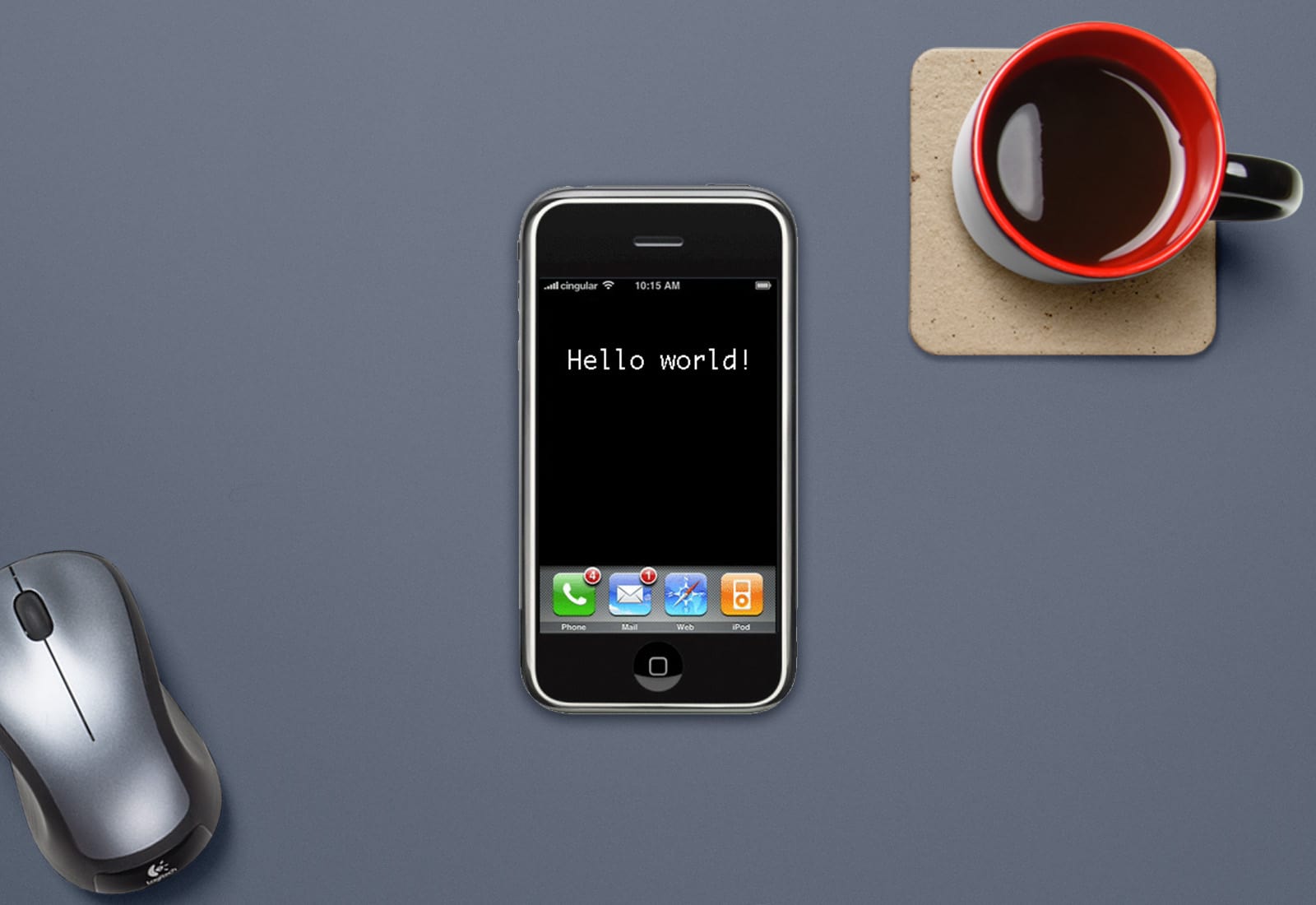
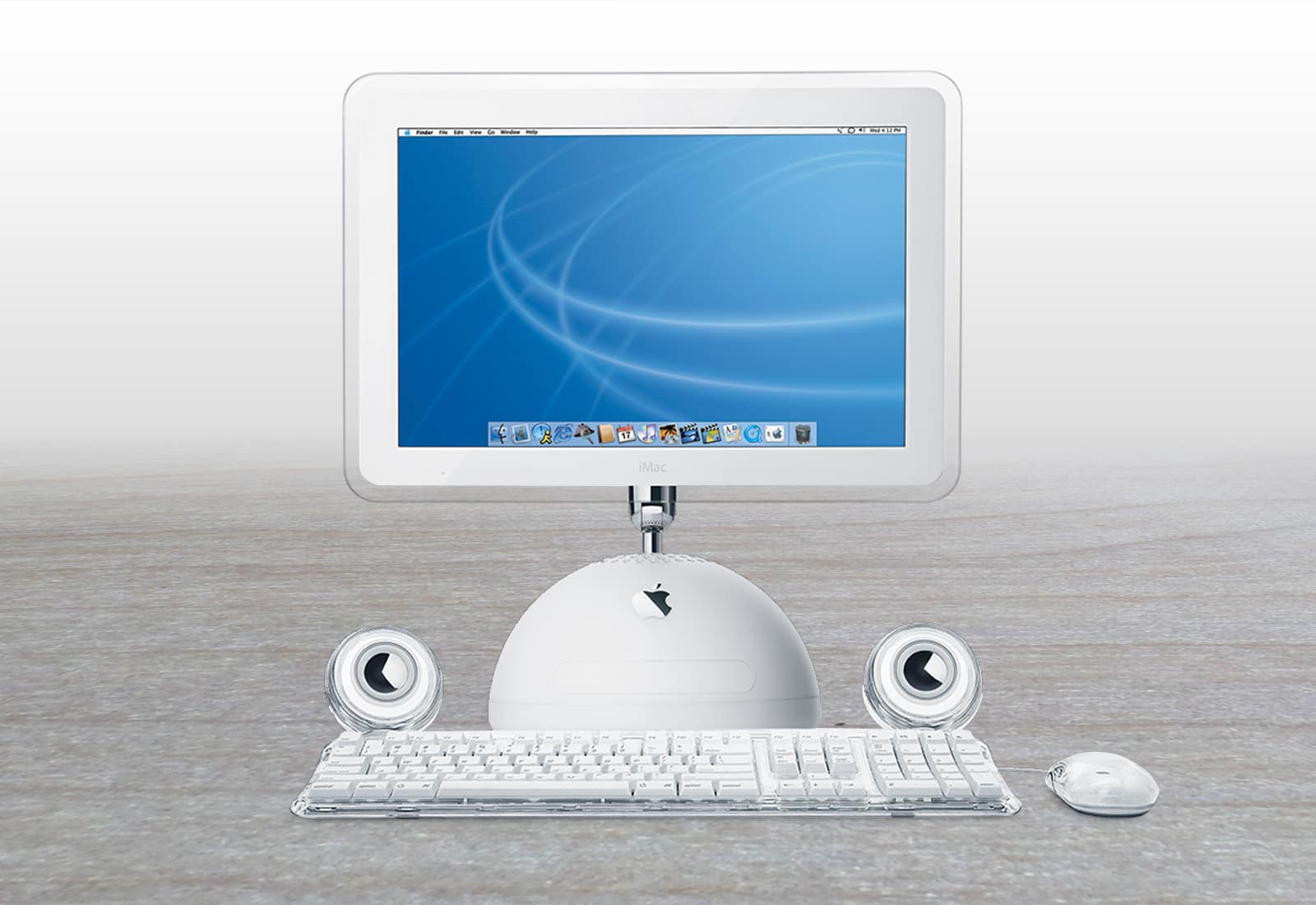
 July 17, 2002: Apple ships a new super-sized iMac G4 with a 17-inch widescreen LCD display that becomes the envy of most computer users at the time.
July 17, 2002: Apple ships a new super-sized iMac G4 with a 17-inch widescreen LCD display that becomes the envy of most computer users at the time.
 July 12, 2010: The iPhone 4 suffers a major blow when respected trade publication Consumer Reports says it can’t, in good faith, recommend the new Apple smartphone. The reason the magazine refuses to give its vaunted “recommended” label to the previously top-ranked device in its devastating iPhone 4 review? A little Apple scandal called “Antennagate.”
July 12, 2010: The iPhone 4 suffers a major blow when respected trade publication Consumer Reports says it can’t, in good faith, recommend the new Apple smartphone. The reason the magazine refuses to give its vaunted “recommended” label to the previously top-ranked device in its devastating iPhone 4 review? A little Apple scandal called “Antennagate.”
 July 11, 2008: The iPhone 3G goes on sale. Expectations for the smartphone sequel run high, and Apple delivers with the addition of GPS, faster 3G data and a higher-quality build. The iPhone 3G launch also brings a new mobile operating system packed with features.
July 11, 2008: The iPhone 3G goes on sale. Expectations for the smartphone sequel run high, and Apple delivers with the addition of GPS, faster 3G data and a higher-quality build. The iPhone 3G launch also brings a new mobile operating system packed with features.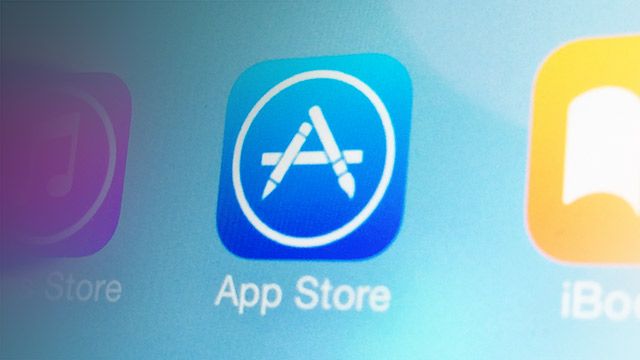
 July 10, 2008: Apple launches the App Store, an online hub that lets iPhone owners browse and download apps made by third-party developers. Transforming the iPhone from a locked-down platform to a generative one, the App Store means that every iPhone user can have his or her own “killer app” depending on the software they want — from social networking to composing music to playing games.
July 10, 2008: Apple launches the App Store, an online hub that lets iPhone owners browse and download apps made by third-party developers. Transforming the iPhone from a locked-down platform to a generative one, the App Store means that every iPhone user can have his or her own “killer app” depending on the software they want — from social networking to composing music to playing games.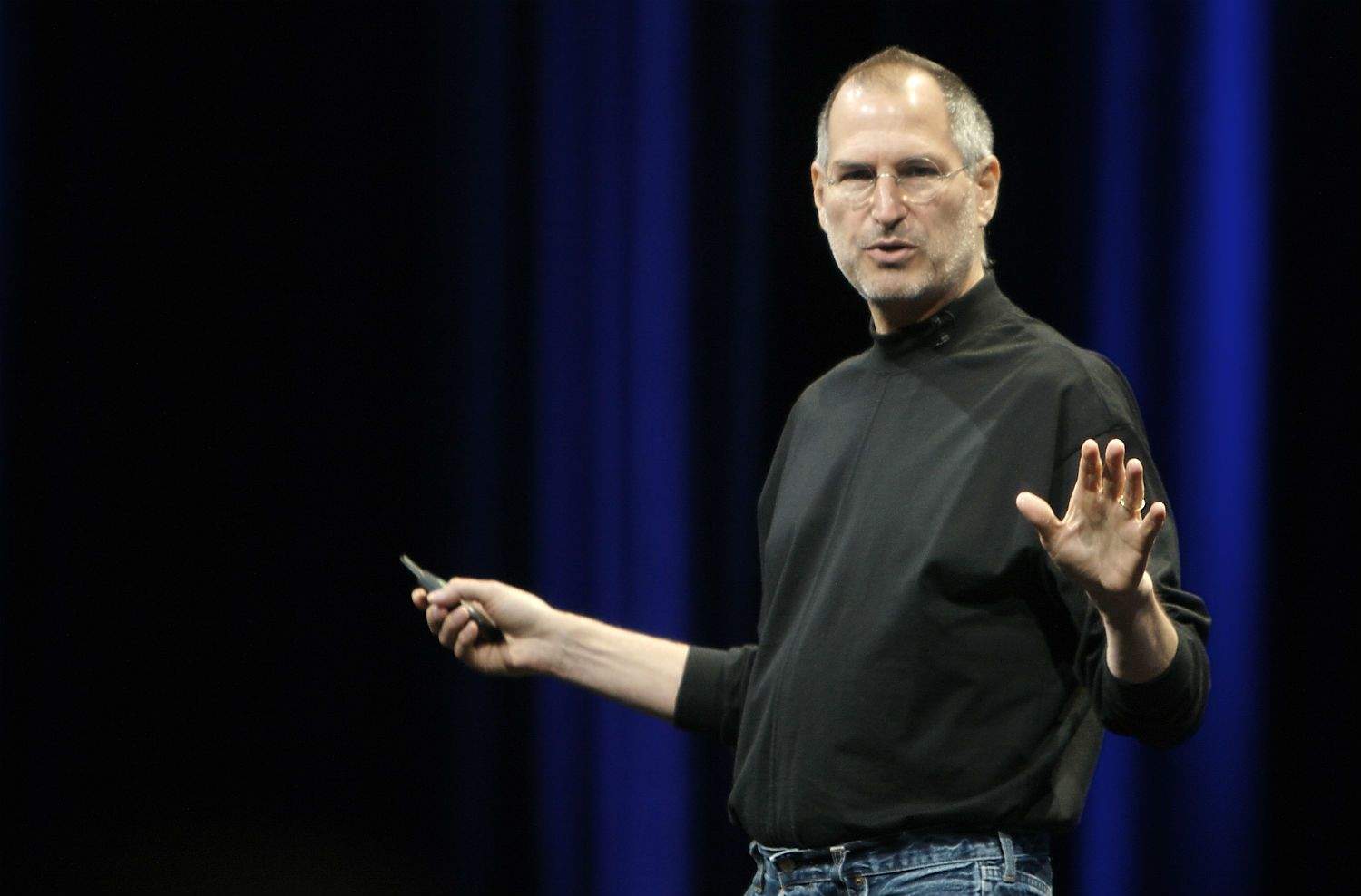
 July 8, 1997: Steve Jobs begins his path to becoming chief executive officer of Apple, after former CEO Gil Amelio
July 8, 1997: Steve Jobs begins his path to becoming chief executive officer of Apple, after former CEO Gil Amelio 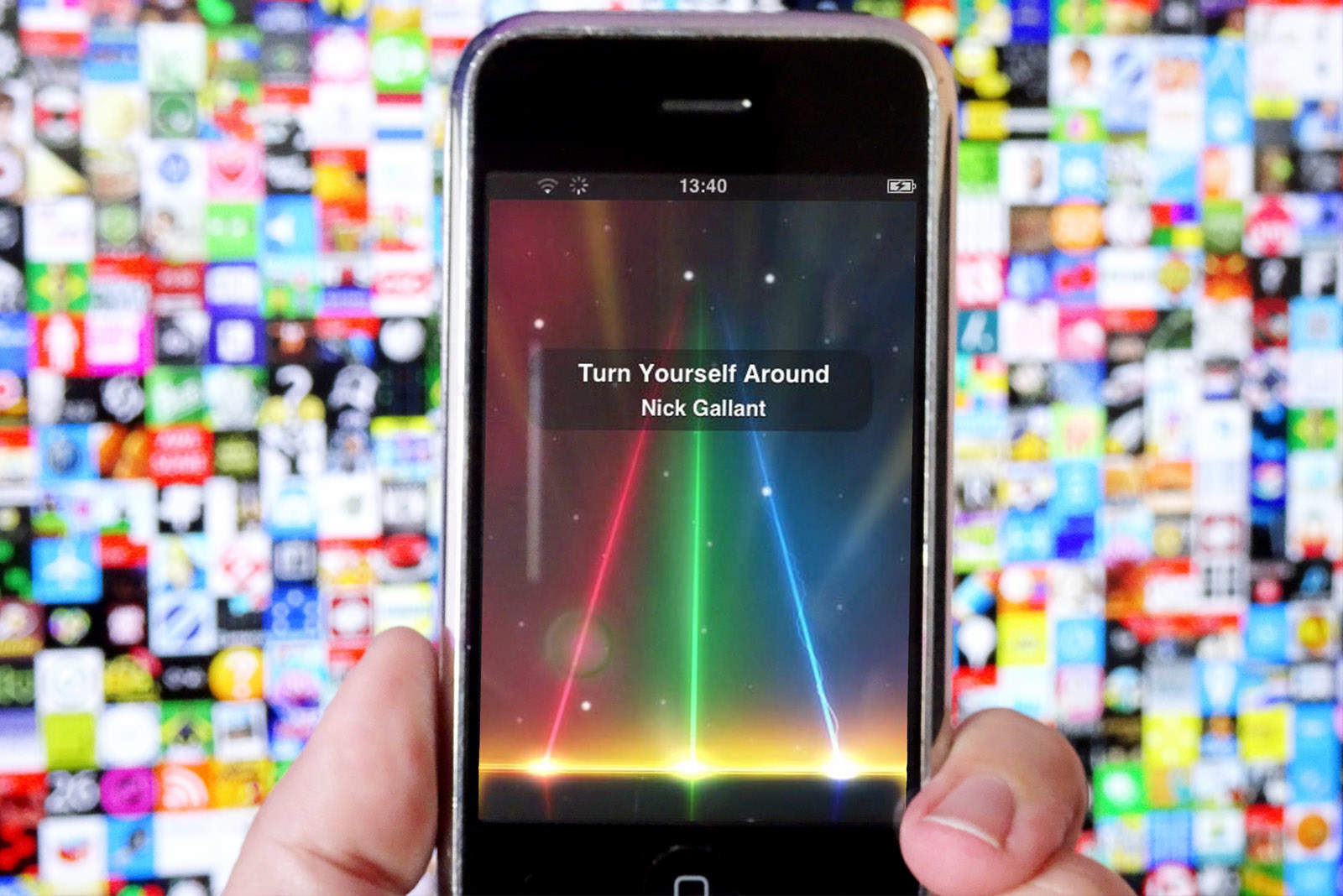
 July 7, 2011: Three years after its launch, the App Store passes 15 billion downloads.
July 7, 2011: Three years after its launch, the App Store passes 15 billion downloads.
 July 6, 1997: Following a massive quarterly loss for Apple, board member Edgar S. Woolard Jr. calls CEO Gil Amelio and informs him that he needs to step down. “You’ve done a lot to help the company, but the sales haven’t rebounded,” Woolard says.
July 6, 1997: Following a massive quarterly loss for Apple, board member Edgar S. Woolard Jr. calls CEO Gil Amelio and informs him that he needs to step down. “You’ve done a lot to help the company, but the sales haven’t rebounded,” Woolard says.
 July 4, 1985: Steve Jobs visits Moscow for the first time, with the aim of selling Macs to the Russians. During his two-day trip to the Soviet Union, Jobs lectures computer science students, attends a Fourth of July party at the American embassy and discusses opening a Mac factory in Russia.
July 4, 1985: Steve Jobs visits Moscow for the first time, with the aim of selling Macs to the Russians. During his two-day trip to the Soviet Union, Jobs lectures computer science students, attends a Fourth of July party at the American embassy and discusses opening a Mac factory in Russia.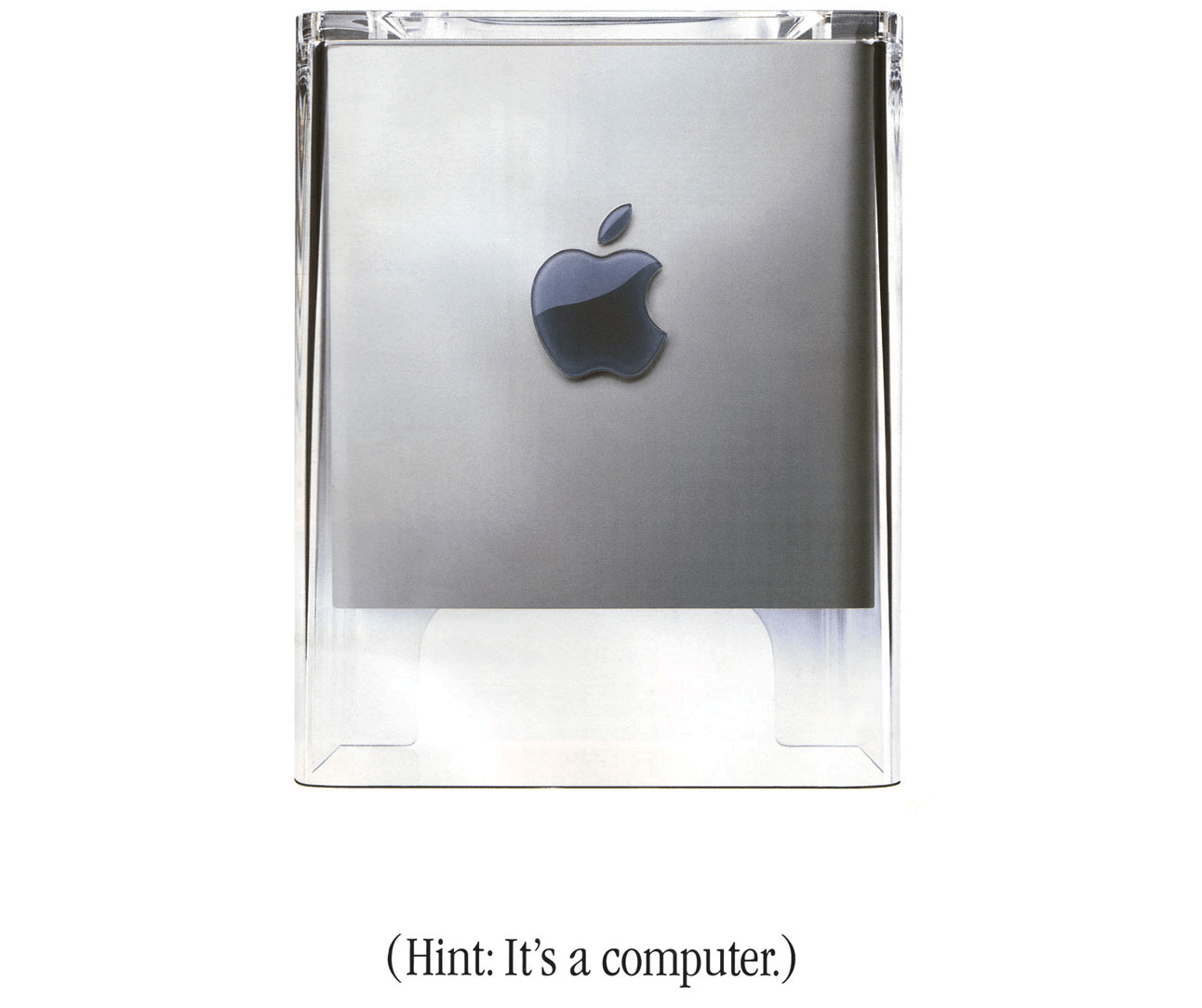
 July 3, 2001: Apple suspends production of its Power Mac G4 Cube, one of the most notable busts in Apple history — and the first major flop following
July 3, 2001: Apple suspends production of its Power Mac G4 Cube, one of the most notable busts in Apple history — and the first major flop following  July 2, 2010: Apple opens up about “Antennagate,” addressing iPhone 4 reception problems for the first time publicly.
July 2, 2010: Apple opens up about “Antennagate,” addressing iPhone 4 reception problems for the first time publicly.
 July 1, 2012: Apple shuts down its MobileMe web service, pushing users to switch to iCloud.
July 1, 2012: Apple shuts down its MobileMe web service, pushing users to switch to iCloud.
 June 29, 2007: The first iPhone goes on sale, giving excited Apple fans lined up outside stores their first chance at owning the game-changing smartphone. The queues that greet the original iPhone launch around the world prove that Cupertino is onto a good thing with the smartphone, first shown off by Steve Jobs earlier that year.
June 29, 2007: The first iPhone goes on sale, giving excited Apple fans lined up outside stores their first chance at owning the game-changing smartphone. The queues that greet the original iPhone launch around the world prove that Cupertino is onto a good thing with the smartphone, first shown off by Steve Jobs earlier that year.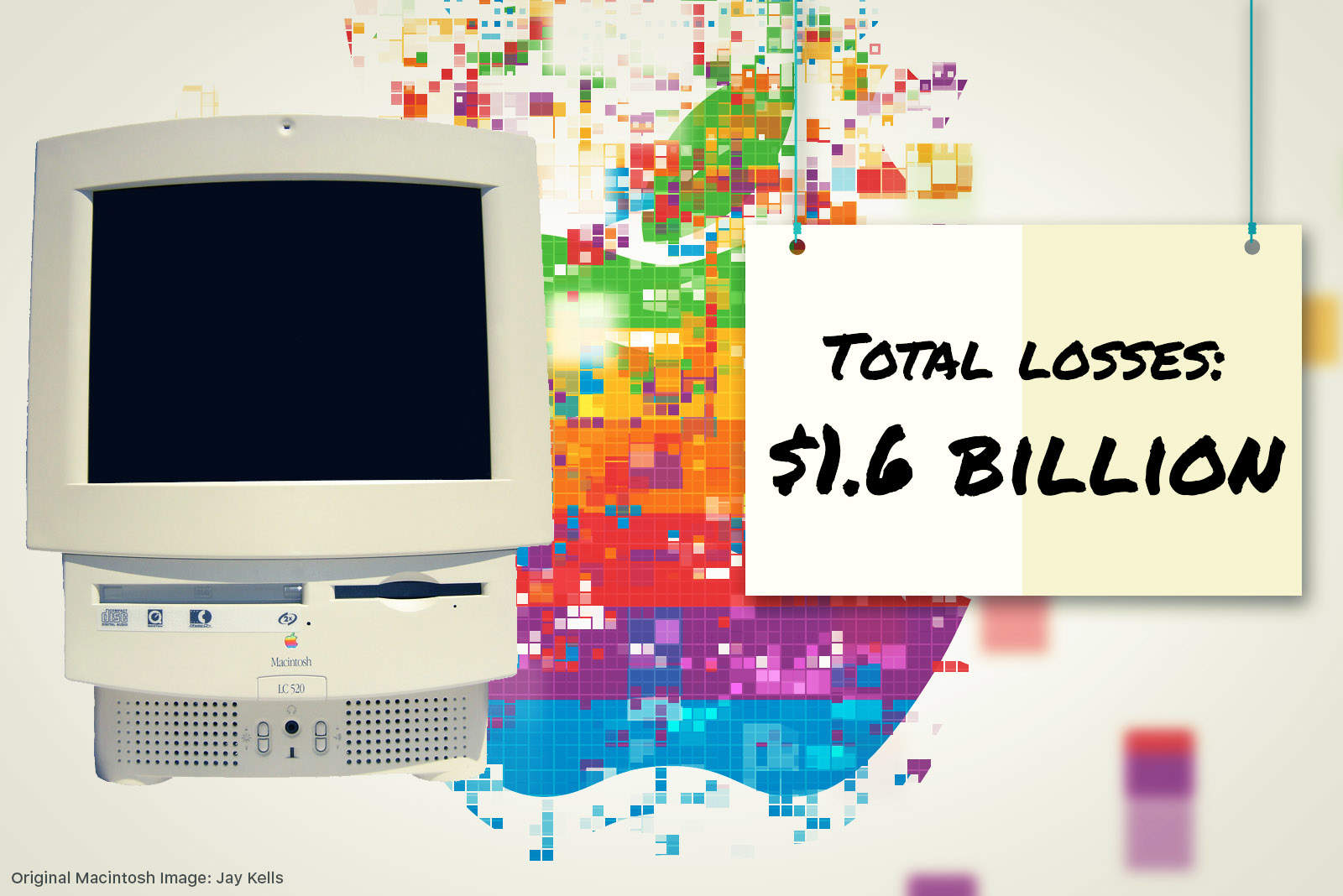
 June 27, 1997: The last day of another disappointing quarter brings an end to CEO Gil Amelio’s 500 days running Apple.
June 27, 1997: The last day of another disappointing quarter brings an end to CEO Gil Amelio’s 500 days running Apple. June 26, 2008: A year after the first iPhone was released, Apple sends an email to developers calling for smartphone software to be distributed in the forthcoming App Store.
June 26, 2008: A year after the first iPhone was released, Apple sends an email to developers calling for smartphone software to be distributed in the forthcoming App Store.
 June 23, 2003: Apple launches its gorgeous Power Mac G5, a powerhouse desktop computer with a perforated aluminum chassis that earns it the affectionate nickname “the cheese grater.”
June 23, 2003: Apple launches its gorgeous Power Mac G5, a powerhouse desktop computer with a perforated aluminum chassis that earns it the affectionate nickname “the cheese grater.”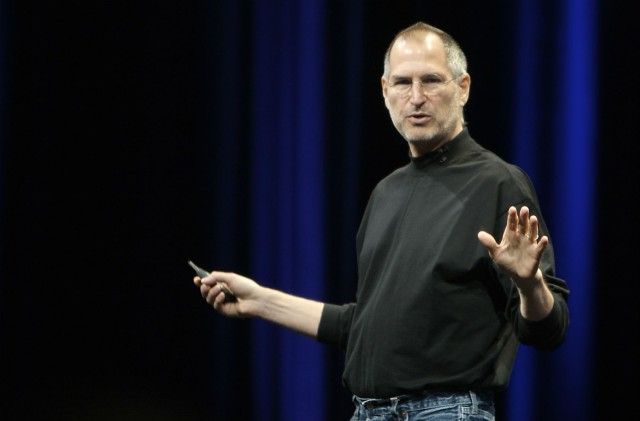
 June 22, 2009: Steve Jobs returns to work at Apple, a couple months after undergoing a liver transplant as part of his treatment for pancreatic cancer.
June 22, 2009: Steve Jobs returns to work at Apple, a couple months after undergoing a liver transplant as part of his treatment for pancreatic cancer.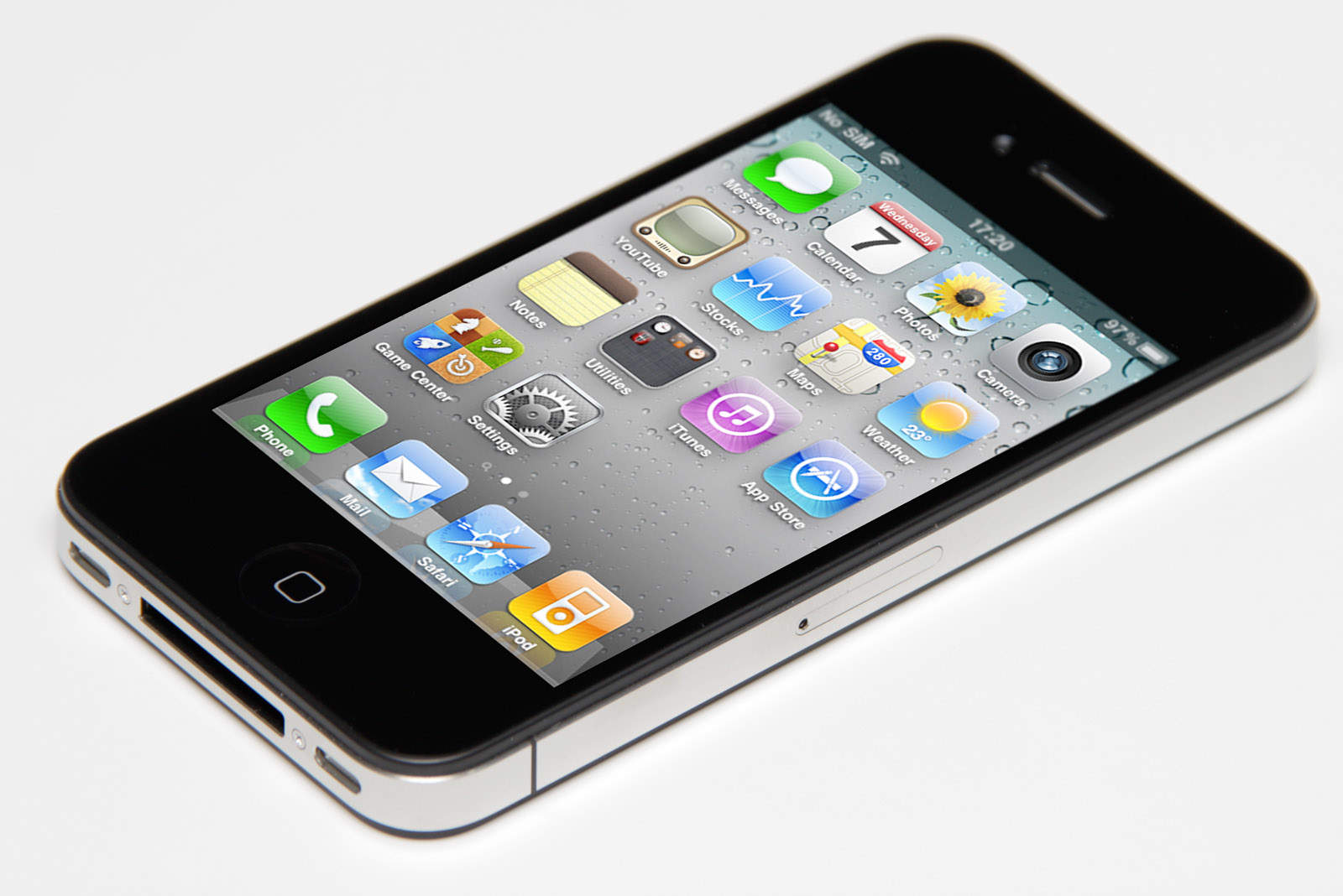
 June 21, 2010: Apple releases iOS 4, which introduces a range of productivity features as well as the FaceTime videotelephony service. The iOS 4 launch represents a big step forward for Apple’s flourishing mobile devices.
June 21, 2010: Apple releases iOS 4, which introduces a range of productivity features as well as the FaceTime videotelephony service. The iOS 4 launch represents a big step forward for Apple’s flourishing mobile devices.
 June 17, 1978: Steve Jobs’ first child, Lisa Brennan-Jobs, is born.
June 17, 1978: Steve Jobs’ first child, Lisa Brennan-Jobs, is born.
 June 16, 2010: Apple reports a massive surge of interest in its smartphone, with iPhone 4 preorders racking up 600,000 sales on thir first day.
June 16, 2010: Apple reports a massive surge of interest in its smartphone, with iPhone 4 preorders racking up 600,000 sales on thir first day.
 June 11, 2007: At Apple’s Worldwide Developers Conference, CEO Steve Jobs unveils Safari 3 for Windows, bringing the company’s web browser to PCs for the first time.
June 11, 2007: At Apple’s Worldwide Developers Conference, CEO Steve Jobs unveils Safari 3 for Windows, bringing the company’s web browser to PCs for the first time.
 June 10, 1977: Apple Computer Inc. ships its first Apple II computer.
June 10, 1977: Apple Computer Inc. ships its first Apple II computer.
 June 9, 2002: Apple launches its “Switch” advertising campaign, featuring real people talking about their reasons for switching from PCs to Macs. Apple’s biggest marketing effort since
June 9, 2002: Apple launches its “Switch” advertising campaign, featuring real people talking about their reasons for switching from PCs to Macs. Apple’s biggest marketing effort since 
 June 4, 1997: Mac clone-maker Power Computing hits its high point — but it’s also the beginning of the end.
June 4, 1997: Mac clone-maker Power Computing hits its high point — but it’s also the beginning of the end.
 May 28, 2010: Customers across Europe and Asia queue up to buy the iPad when the international launch date for Apple’s original tablet finally arrives.
May 28, 2010: Customers across Europe and Asia queue up to buy the iPad when the international launch date for Apple’s original tablet finally arrives.